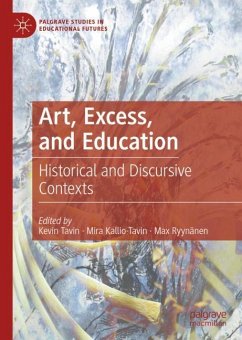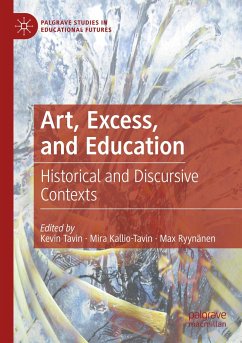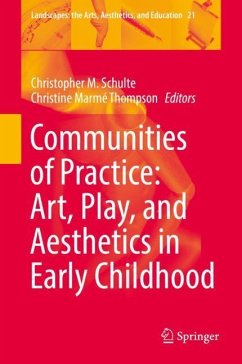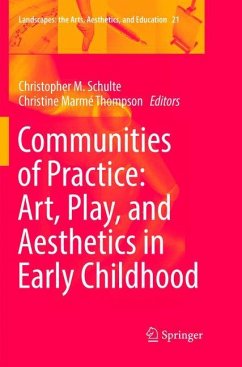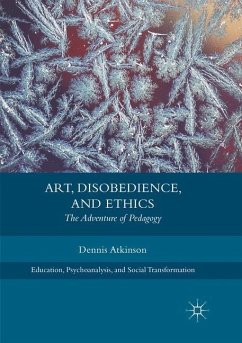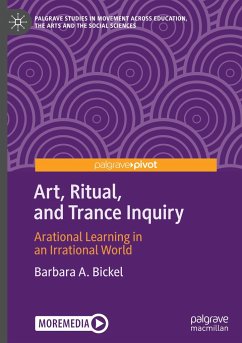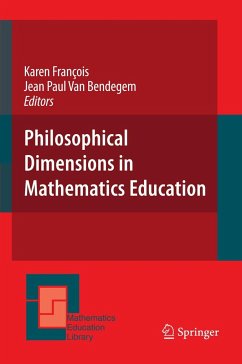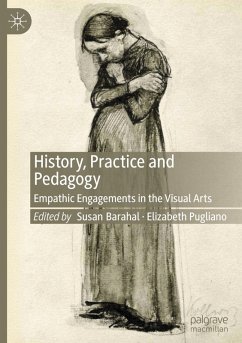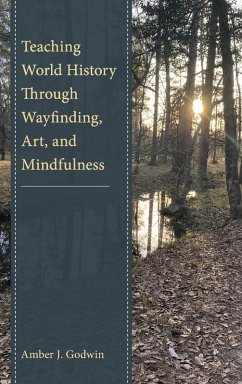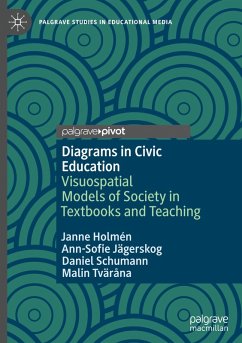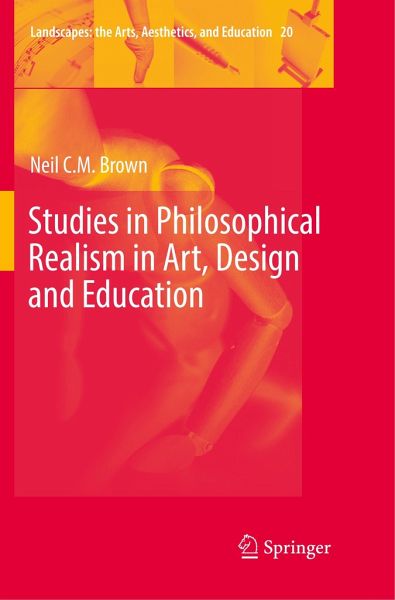
Studies in Philosophical Realism in Art, Design and Education
Versandkostenfrei!
Versandfertig in 6-10 Tagen
91,99 €
inkl. MwSt.
Weitere Ausgaben:

PAYBACK Punkte
46 °P sammeln!
This book fills a gap in the literature of 21st century international visual arts education by providing a structured approach to understanding the benefits of Philosophical Realism in art education, an approach that has received little international attention until now. The framework as presented provides a powerful interface between research and practical reconceptualisations of critical issues and practice in the domains of art, design, and education that involve implications for curriculum in visual arts, teaching and learning, cognitive development, and creativity. The book extends unders...
This book fills a gap in the literature of 21st century international visual arts education by providing a structured approach to understanding the benefits of Philosophical Realism in art education, an approach that has received little international attention until now. The framework as presented provides a powerful interface between research and practical reconceptualisations of critical issues and practice in the domains of art, design, and education that involve implications for curriculum in visual arts, teaching and learning, cognitive development, and creativity. The book extends understanding of Philosophical Realism in its practical application to teaching practice in visual arts in the way it relates to the fields of art, design, and education. Researchers, teacher educators and specialist art teachers are informed about how Philosophical Realism provides insights into art, design, and education. These insights vary from clearer knowledge about art to the examination ofbeliefs and assumptions about the art object. Readers learn how cognitive reflection, and social and practical reasoning in the classroom help cultivate students' artistic performances, and understand how constraints function in students' reasoning at different ages/stages of education.



